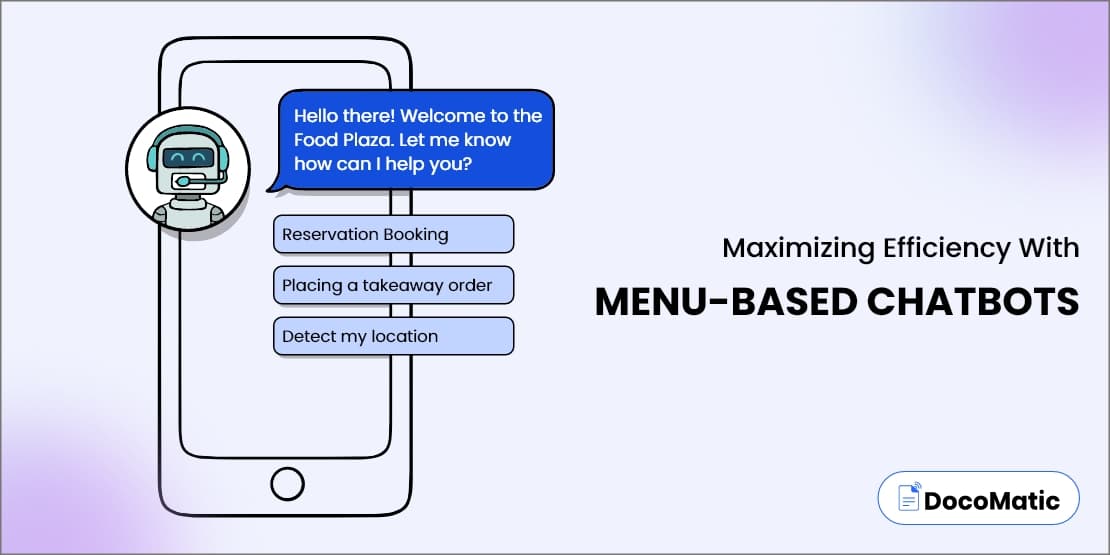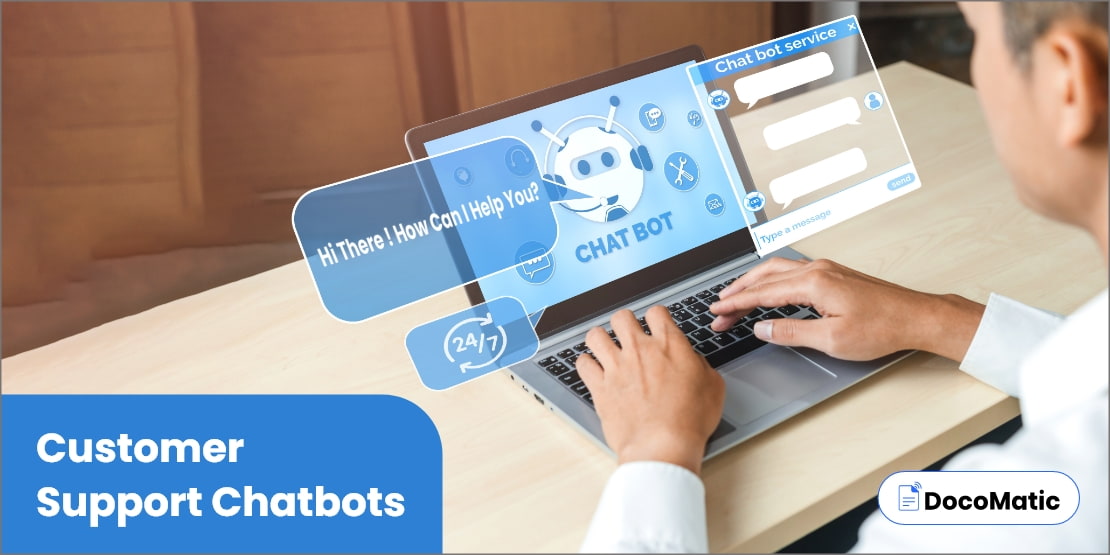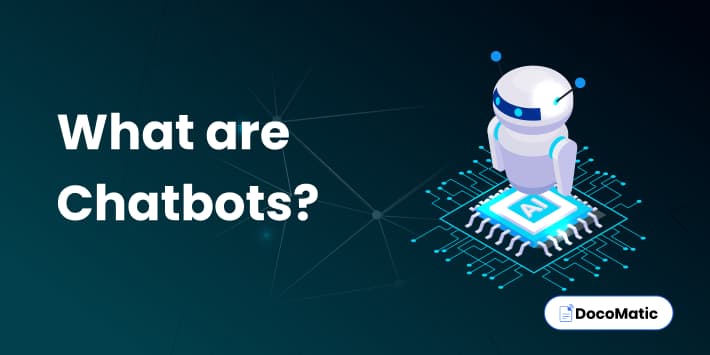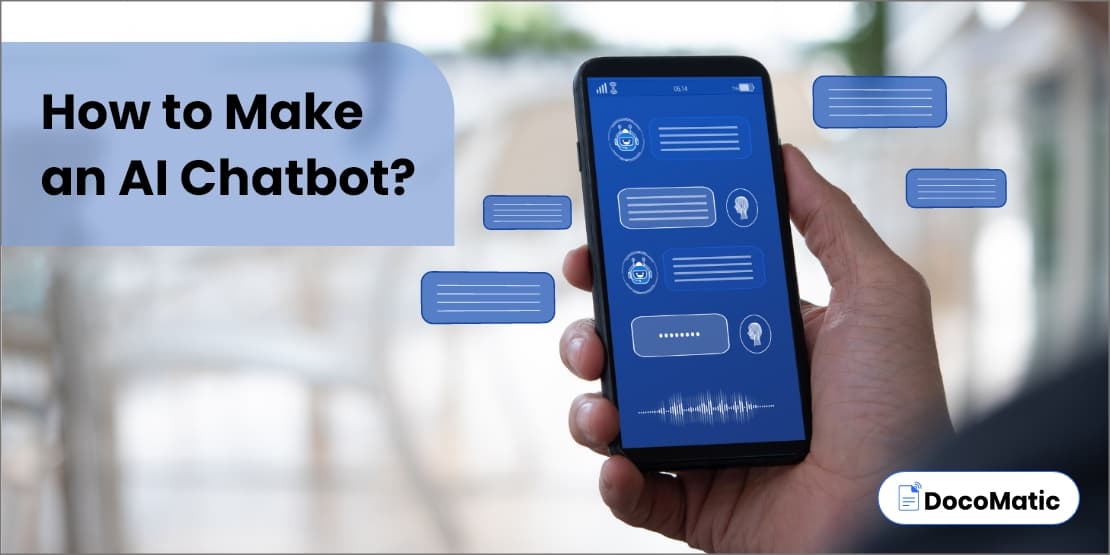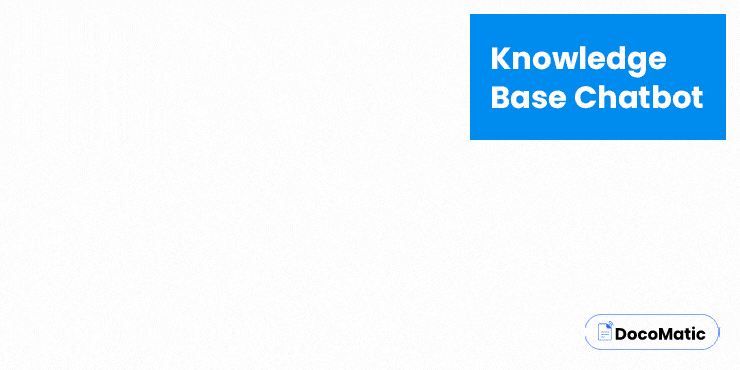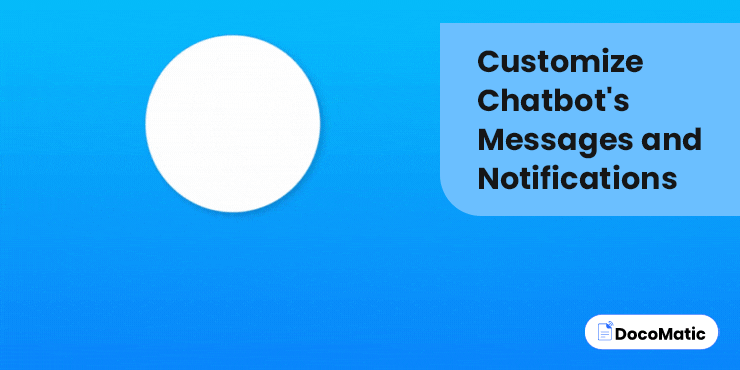Serving customers round the clock and addressing their immediate support queries has become much easier with integrated chatbots.
The global chatbot market is expected to witness remarkable growth, with projected revenues reaching $454.8 million by 2027 from $40.9 million in 2018.
Chatbots are basically replacing the human tendency of being available 24/7 responding to customers’ immediate queries. This can help business in gaining a competitive edge by providing uninterrupted service, enhancing customer satisfaction, and improving operational efficiency.
Among the many innovations in the chatbot arena, one worth highlighting is the menu-based chatbot, which simplifies customer interactions by presenting predefined options.
Let’s dive in and talk more about menu-based chatbots that can offer jaw-dropping results.
Table of Content
What are Menu-Based Chatbots?
There are constant developments in natural language processing and machine learning techniques. One such change can be seen with the development of chatbots. Wondering what is a chatbot and how it can be fruitful? Let’s get this.
Customer support chatbots are getting better at keeping conversational context and offerings more human-like interactions.
One such type of chatbot that is particularly well-suited to maintain conversational context is the menu-based chatbot. Rather than completely relying on natural language processing to interpret user inputs, menu-based chatbots are uniquely designed. A menu-based chatbot is basically a mini-website built into your website chat widget.
In menu-based chatbots, there is a pre-determined conversational flow as menu options or buttons are already provided. It means these chatbots have a ready-made knowledge base, with questions presented to the user in the form of buttons. The user then chooses the menu button, which best suits their needs and specifications. Additionally, menu based chatbot can:
- Make it easier for the chatbot to understand the user’s intent and maintain contextual chatbot impression intact throughout the interaction.
- In addition to their ability to maintain context, menu-based chatbots are also known for their ease of use and customization.
- By allowing users to select from a predefined set of options, these chatbots can provide quick and efficient responses that feel more like human interactions than automated scripts.
How Menu-Based Chatbots Work?
Sure, let’s have a look at how menu-based chatbots work:
Menu-based chatbots are a type of chatbot that relies on predetermined options to guide the conversation with the user.
- It typically starts with a greeting and a series of options that the user can choose from.
For example, a menu-based chatbot for a restaurant might start with options for “Reservations,” “Menu,” and “Location.” These options are presented in the form of a menu or buttons.
- Depending on what the user clicks on, the bot prompts another set of pre-defined options to the user.
- Once the user selects an option, bots follow up with more specific choices based on the user’s selection, as it now knows the user intent.
For example, if the user selects “Menu,” the chatbot might provide options for “Appetizers,” “Entrees,” and “Desserts.”
The user can keep choosing options until they find the data they need or until the chatbot resolves their query with the correct ultimate answer.
How to Design a Menu-Based Chatbot?
A menu-based chatbot can actually streamline customer interactions by delivering a superior user experience. It can reduce the workload of humans by introducing a conversational chatbot.
This section will examine the methodical steps involved in creating a menu-based chatbot. So, keep reading:
- Frame a creative welcome message: As they said, “First impression is the last one,” so as believed. To make a great first impression, you need to create a warm and welcoming welcome message. If we continue with the example of the restaurant discussed above.
A restaurant chatbot might greet users with a friendly message that says,
“Hello there! Welcome to the [Restaurant Name], a perfect place for your next meal! Let me help you find the perfect dish or book your table for tonight.” Let me know how can I help you?Reservation BookingPlacing a takeaway orderDetect my location
- Choosing an engaging GIF: This can help you add some personality and humor elements to the menu-based chatbot. Make sure that the GIF you opt for should be aligned with the brand or product you have.
For a restaurant chatbot, you might choose a GIF of a chef cooking or a group of people enjoying a meal together. Here for a restaurant chatbot, the GIF of, “a chef cooking in the kitchen or plating a dish can be placed.”
- Designing the conversational flow: Building the conversational context of your chatbot is crucial for delivering a seamless customer experience.
An example of this can be, “Ask the user’s preference that may have a series of options including, booking a reservation, placing a takeaway order, menu or location.”
- Follow the predetermined guide: Predetermined options help guide the user through the chatbot experience and make it easy for them to achieve their goals.
After the user clicks on their preference, provide the relevant information from the predetermined options, such as the date and time of the reservation or menu items such as Indian, Chinese, Continental, or any other special offers.
- Develop Tone of Voice: Developing a consistent tone of voice for your chatbot is important for creating a smooth user experience. Use proper grammar and punctuation, and stay away from employing jargon or slang that the consumer might not comprehend.
Use a friendly, conversational tone that aligns with your brand messaging and also has a human touch. Users should not feel even for once that they are talking to any robotic machine and no human is involved.
- Good to Go: For making your chatbot good to go, building, testing, and launching your chatbot is the final step in the process. Once your chatbot is up and running, you can continue to monitor its performance and make adjustments as needed to ensure that it continues to deliver a superior user experience.
Once everything is ready, launch the chatbot on the restaurant’s website and various social media pages, like Instagram, Twitter, Facebook, and other relevant channels.
This might involve integrating with your reservation system, offering menu recommendations, or providing hours of operation.
What are the Benefits of Menu-Based Chatbots?
Menu-based chatbots provide a number of advantages, including
- Better user experience: Menu-based chatbots give them a list of prepared options to choose from, streamlining the user experience. Users do not have to type out their queries or requests manually. This can help the user save time and effort, which will improve the effectiveness and enjoyment of their chatbot connection.
- Less work for human support employees: By automating routine, uncomplicated tasks, menu-based chatbots can lighten the pressure on human support personnel, giving them more time to focus on other difficult, high-value jobs.
- 24/7 Availability: Menu-based chatbots may be accessible round-the-clock, giving users access to information and service after working hours. By offering a seamless and timely service experience, can raise client happiness and loyalty.
Ultimately, menu-based chatbots can offer a number of advantages to organizations and their clients, such as increased productivity, accessibility, and client happiness.
Practical Example of a Menu Based Chatbot
A prime example of a menu based chatbot that is in action is Domino’s Pizza chatbot. This real-life instance allows customers to effortlessly place pizza orders by selecting from a menu of predefined products and specifications. It allows customers to select their preferences from the range of options available like, different toppings available, the size of the pizza, any extra Italian species to add on, delivery address, duration in which they expect delivery etc.
To know how exactly Domino’s Pizza chatbot works, here is a video for your reference:
Impact of Menu-Based Chatbots on User Engagement and Increased Conversions
A well-designed and conversation menu based chatbot produces jaw dropping results. They plays a crucial role in delivering an immersive user experience that consistently outperforms standard interaction methods.
In fact, the mere integration of live chat functionality into your website can yield astonishing results. Here are some convincing statistics that underscore the significance of chatbots:
- Boosts Conversions: Because of the integrated chatbots on multiple websites, users find it engaging to interact, submit their queries or make purchase. On average, the addition of a chatbot increases conversions by a remarkable 45%. This means that more visitors are not only engaging with your website but are also taking meaningful actions, such as making purchases or submitting inquiries.
- Enhances Engagement: Chatbots have the power to elevate engagement rates to astonishing levels, often tripling the interaction levels compared to traditional browsing experiences. By offering real-time assistance and personalized recommendations, chatbots keep users engaged and interested in your offerings.
- Drives Customer Loyalty: Studies reveal that consumers are 63% more likely to return to a website that employs a chatbot. This demonstrates that chatbots not only facilitate immediate customer needs but also contribute to building lasting brand loyalty.
FAQs
Different types of chatbots are:
- AI chatbot
- Menu based chatbot
- Keyword recognition based chatbots
- Hybrid bot
- Contextual chatbot
- Conversational chatbot
- Voice chatbot
A menu-based chatbot is a kind of powerful conversation context that offers specific users predetermined options, typically in the form of a menu or list of possibilities. Customers choose an item from the menu that they want, and the chatbot responds appropriately.
The chatbot then understands the customer’s intent and answers accordingly, and the process goes on until the user does get the correct answer.
Menu-based chatbots are sufficient for answering 80% of support queries and are best suited for handling simple and daily-routine client concerns. They have predetermined responses to answer. However, chatbots fall short in more advanced scenarios. They may not be able to handle more complex queries that require a human touch.
Automated phone menus is again one other practical example, which many people encounter regularly when calling customer service lines or helplines.
The main difference between both chatbots is the way they interact with users.
A menu-based chatbot answers the user’s chats on the basis of a pre-determined set of options or menus. On the other hand, an NLP chatbot uses machine learning and artificial intelligence techniques to understand and interpret user input to provide more personalized and human-like responses.
NLP chatbots are generally more complex to develop and require a greater investment in resources, while menu-based chatbots are simpler and more straightforward to design and implement.
A transactional chatbot differs from a menu-based chatbot in several ways.
A menu-based chatbot is designed to guide users through a pre-defined set of options or menus/buttons to help them find the information they need. It uses a menu system to present choices to the user, who can select from the available options. This type of chatbot is typically used for a limited no of tasks, such as making reservations, food ordering, browsing locations, and reminders about upcoming appointments.
Transactional chatbots, on the other hand, require integration with other systems or services to complete the transaction to complete a specific task. Examples of this can be booking a flight, purchasing a product, or transferring money. They are often more complex than menu-based chatbots. Transactional chatbots often use natural language processing (NLP) to understand user intent and carry out the desired action.
Conclusion
Menu-based chatbots are undoubtedly an effective and valuable tool for streamlining customer interactions. Businesses may establish a chatbot that effectively meets the demands of their customers by designing a conversational flow, defining predetermined options, and developing the tone of voice. Additionally, businesses can contribute pertinent content and improve the functionality of their chatbots with the help of chat assistants like Chatpedia.
As technology continues to advance, menu-based chatbots will undoubtedly become more prevalent in various industries, improving customer satisfaction and reducing the workload of human efforts.
